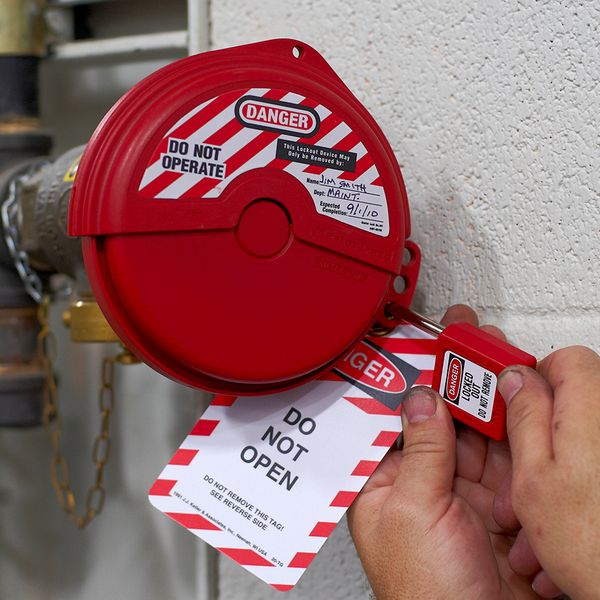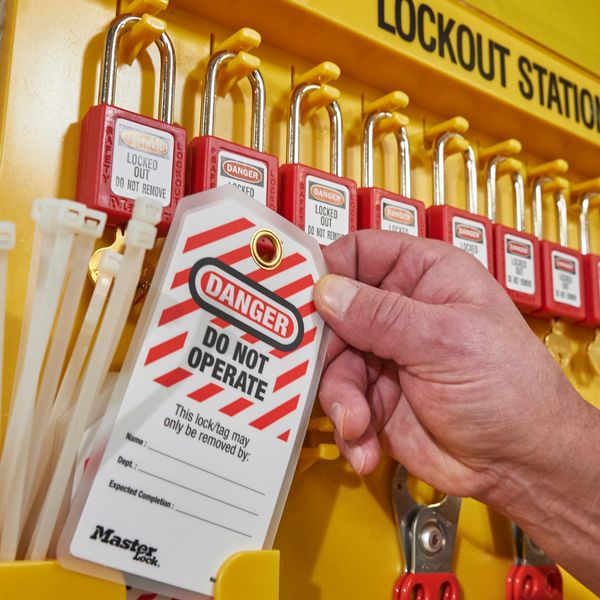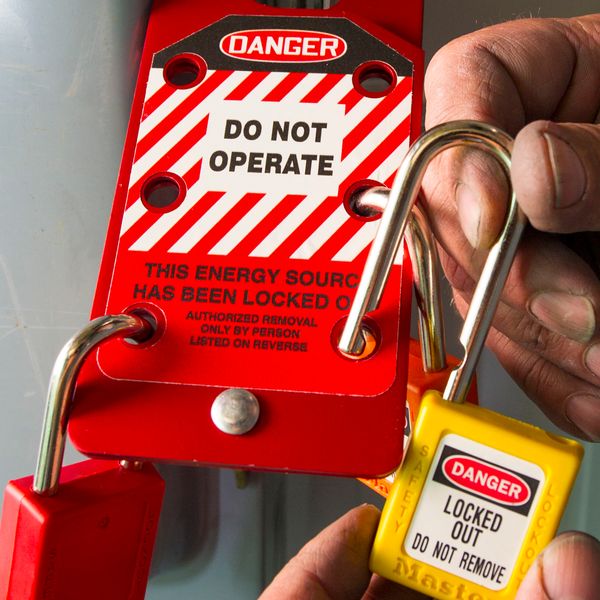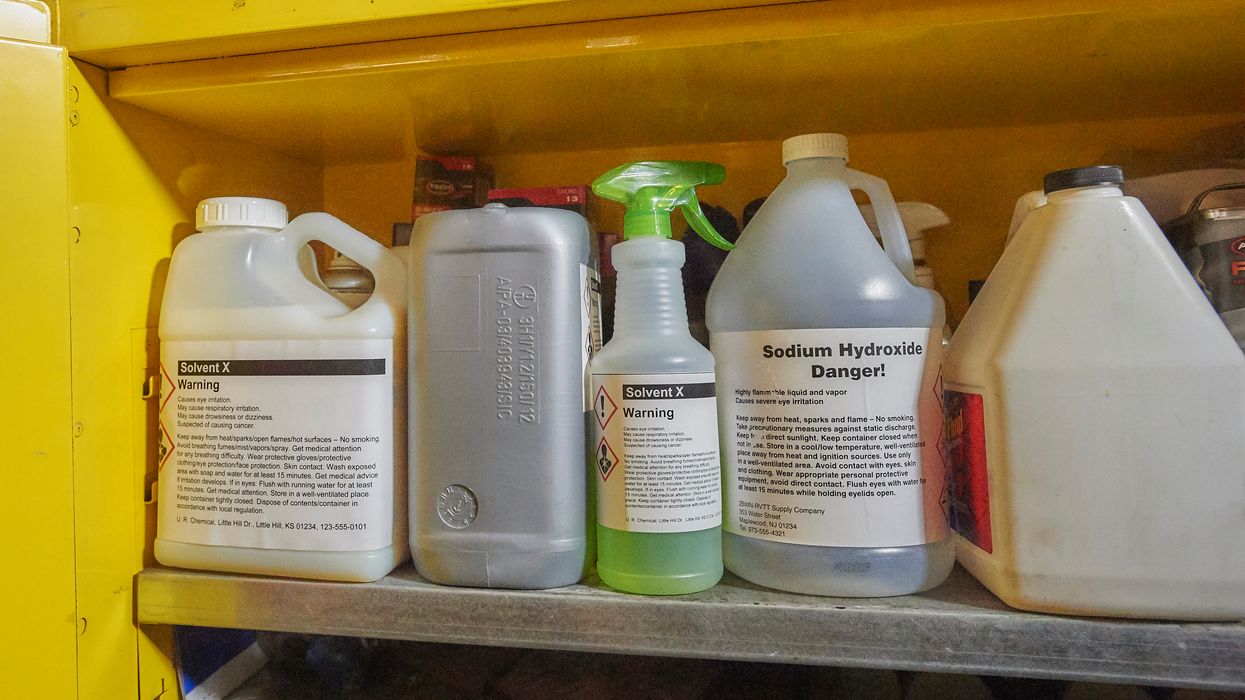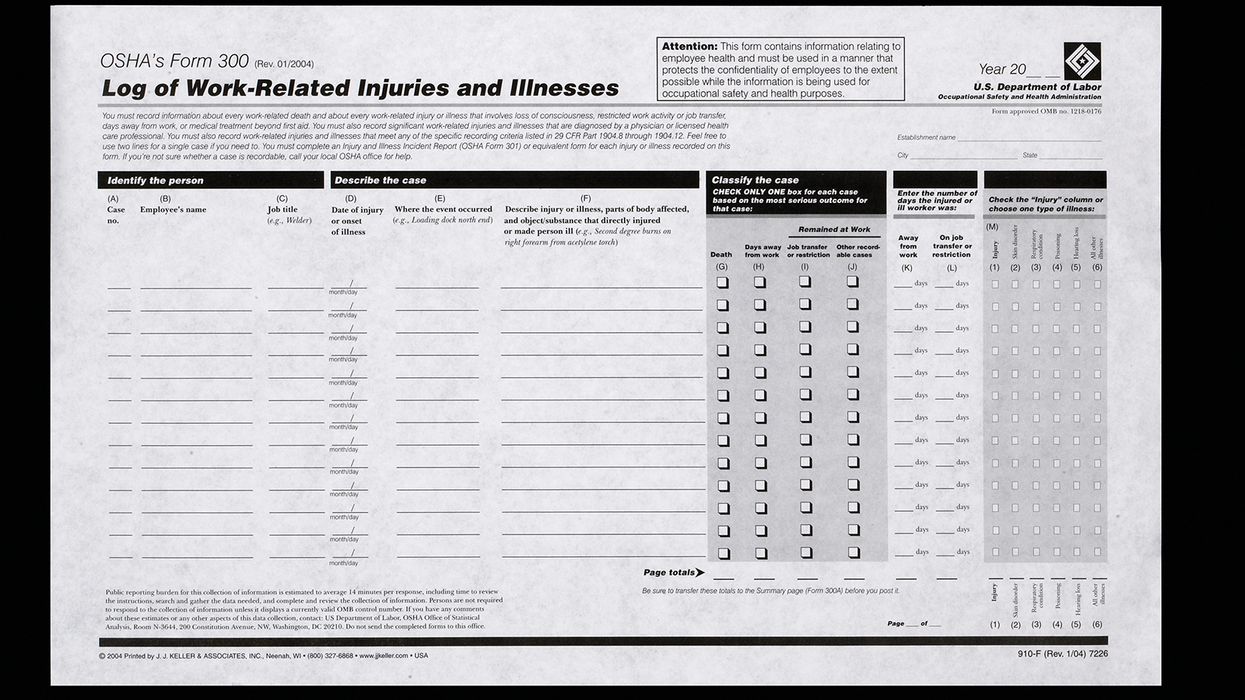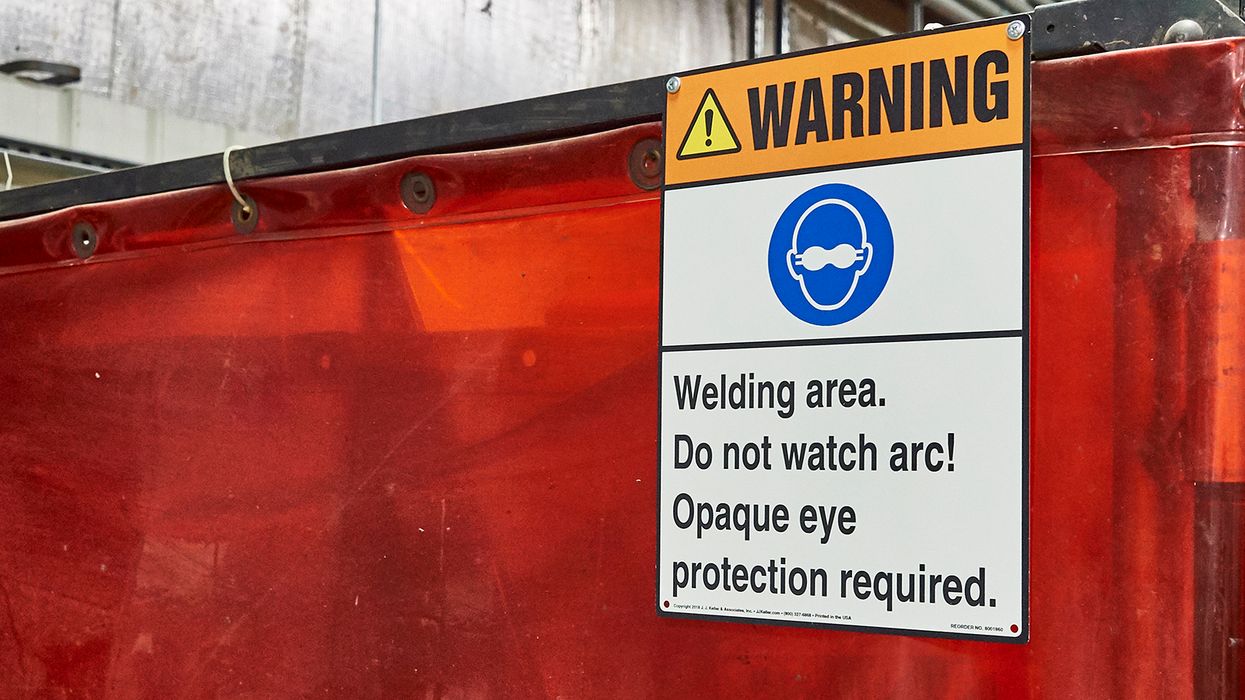Are your employees tapping out instead of locking out?
Are your employees non-compliant with lockout? Employers’ efforts to comply with OSHA’s Control of Hazardous Energy standard, 29 CFR 1910.147, for proper lockout/tagout (LOTO) are futile if workers are tapping out rather than locking out. Evaluating hazards and implementing LOTO procedures must be combined with training and enforcement of requirements, or lives can be lost.
Their decision could be their last!
The Bureau of Labor Statistics (BLS) reports that about 3,000 workers suffer lost-time injuries annually from being caught in dangerous parts of equipment or machinery during maintenance or cleaning. Further, there are approximately 60 fatalities each year from similar exposures that could have been prevented using proper lockout/tagout.
Employees who decide not to lock out energized equipment prior to service or maintenance activities are taking the ultimate risk. Workers can be crushed by equipment, have body parts amputated, or be pulled into equipment without the proper lockout.
Why do employees tap out?
There are several reasons employees may decide not to lock or tag out energized equipment, including:
- Not fully understanding hazards, procedures, or safety devices;
- The inability to readily locate LOTO devices;
- The desire to save time and get processes back online quickly;
- Frustration with outdated programs or completing LOTO forms or checklists; and
- A lack of morale or strained relationship with supervision.
Employers should see employee tap-outs just like those in a wrestling match. The employee is giving up for some reason. They tap out when they’ve had enough. It’s up to the employer to determine why and then rectify the situation. Employers must ensure employees understand the significance of LOTO and how to find and use equipment, and employers must simplify processes as much as possible.
| Interested in boosting your LOTO Program? See our article, “A review of energy control procedures to live by.” |
What do the polls say?
J. J. Keller & Associates, Inc. recently posed two questions on social media that provide a glimpse of how employers can improve employee LOTO compliance.
Our June 16, 2023, poll asked, “If you have a LOTO program in place, how often do you review and update it?” Most poll participants (82 percent) indicated they review their program annually, and 9 percent reported they review their program every two years. The remaining poll participants (9 percent) indicated they review their LOTO program when a problem is identified.
Companies that regularly review their LOTO programs and communicate changes to employees often see more compliance from employees. Up-to-date procedures and open communication give employees the confidence and motivation to perform tasks safely, especially LOTO practices.
Secondly, on June 29, 2023, social media users were asked, “What type of safety training do you find most effective with your employees?” Of the poll respondents, 68 percent indicated live classroom training is most effective for employees. And 16 percent of poll participants responded that toolbox talks were the most effective training. Despite being in the technological age, only 9 percent indicated online training as the most effective, and only 7 percent reported video-based training as the most effective.
It can be concluded that adult learners appreciate a more face-to-face approach to training. However, it’s imperative that employers identify what training styles work best for their workforce. Without effective training, employees can become frustrated and eventually tap out or opt out of LOTO compliance.
Keys to remember
Employers can have the most robust LOTO programs, but efforts are futile if employees aren’t following procedures. Failure to comply with well-known safety requirements like LOTO can result in employee death and place others at serious risk of harm. Employers must consider reasons employees tap out and seek to alleviate any lockout roadblocks, such as updating procedures and offering effective training.






